Regulatory Support
Regulatory bodies in Germany and the European Union are increasingly supportive of radioligand therapies, which is a crucial driver for the Global Germany Radioligand Therapy Market RLT Market Industry. Streamlined approval processes and favorable reimbursement policies encourage the development and adoption of RLT. For example, the European Medicines Agency has expedited the review of several radioligand therapies, facilitating quicker access for patients. This regulatory environment fosters innovation and investment in the sector, potentially leading to a compound annual growth rate of 10.5% from 2025 to 2035. As a result, the supportive regulatory landscape is instrumental in propelling the Global Germany Radioligand Therapy Market RLT Market Industry forward.
Market Growth Projections
The Global Germany Radioligand Therapy Market RLT Market Industry is anticipated to experience robust growth, with projections indicating a market size of 1250 USD Million in 2024 and an increase to 3750 USD Million by 2035. This growth trajectory suggests a compound annual growth rate of 10.5% from 2025 to 2035, reflecting the increasing demand for effective cancer treatments. Factors such as technological advancements, regulatory support, and rising cancer incidence contribute to this optimistic outlook. The market's expansion is likely to attract further investments and innovations, solidifying its position within the broader healthcare landscape.
Technological Advancements
Technological innovations in radioligand therapy are significantly influencing the Global Germany Radioligand Therapy Market RLT Market Industry. Advances in imaging techniques and radiopharmaceutical development enhance the precision and effectiveness of treatments. For instance, the integration of PET imaging with radioligand therapy allows for better patient selection and treatment monitoring. As these technologies evolve, they are expected to improve patient outcomes and expand the therapeutic applications of RLT. This trend is likely to contribute to the market's growth, with projections indicating a market size of 3750 USD Million by 2035. Thus, technological advancements are a key driver in shaping the future of the Global Germany Radioligand Therapy Market RLT Market Industry.
Increasing Cancer Incidence
The rising incidence of cancer globally is a primary driver for the Global Germany Radioligand Therapy Market RLT Market Industry. As cancer cases continue to escalate, the demand for innovative treatment options like radioligand therapy is expected to grow. In Germany, the number of new cancer cases is projected to reach approximately 500,000 annually by 2024. This surge necessitates advanced therapeutic modalities, positioning RLT as a viable solution. The market is anticipated to reach 1250 USD Million in 2024, reflecting the urgent need for effective cancer treatments. Consequently, the Global Germany Radioligand Therapy Market RLT Market Industry is poised for substantial growth in response to this increasing demand.
Rising Awareness and Education
Increasing awareness and education regarding radioligand therapy among healthcare professionals and patients is driving the Global Germany Radioligand Therapy Market RLT Market Industry. Educational initiatives and professional training programs are being implemented to inform stakeholders about the benefits and applications of RLT. As knowledge spreads, more clinicians are likely to consider radioligand therapy as a treatment option for their patients. This growing awareness is expected to translate into higher adoption rates, contributing to the market's expansion. With the market projected to reach 3750 USD Million by 2035, the emphasis on education and awareness plays a pivotal role in shaping the future of the Global Germany Radioligand Therapy Market RLT Market Industry.
Growing Investment in Healthcare
The increasing investment in healthcare infrastructure and research in Germany is a significant driver for the Global Germany Radioligand Therapy Market RLT Market Industry. The German government and private sector are allocating substantial resources towards cancer research and innovative treatment modalities. In 2024, healthcare spending in Germany is projected to exceed 500 billion USD, with a notable portion directed towards oncology. This financial commitment is likely to enhance the development and accessibility of radioligand therapies, supporting the market's growth trajectory. As investments continue to rise, the Global Germany Radioligand Therapy Market RLT Market Industry is expected to benefit from enhanced research and development activities.


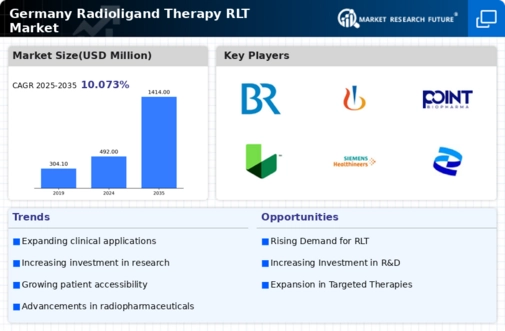
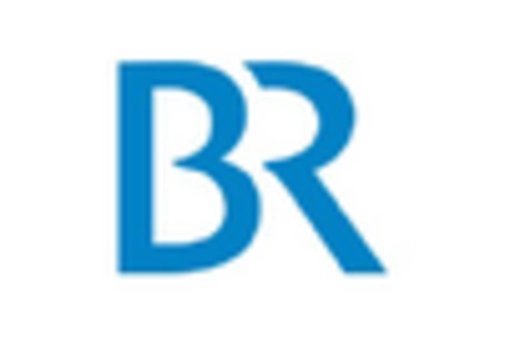
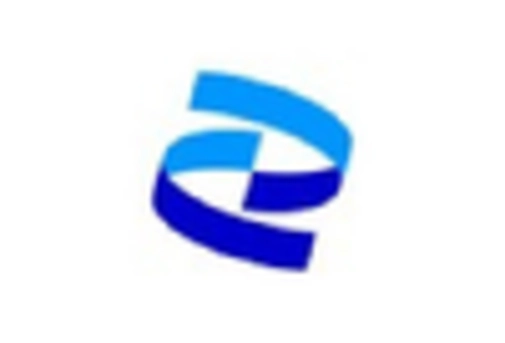
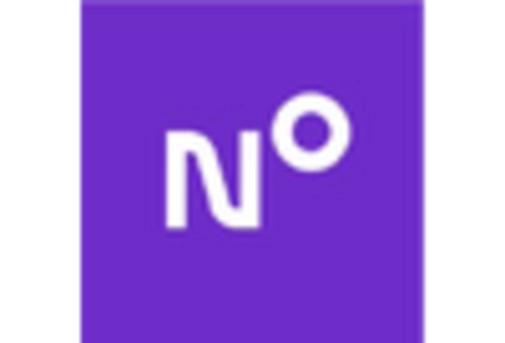
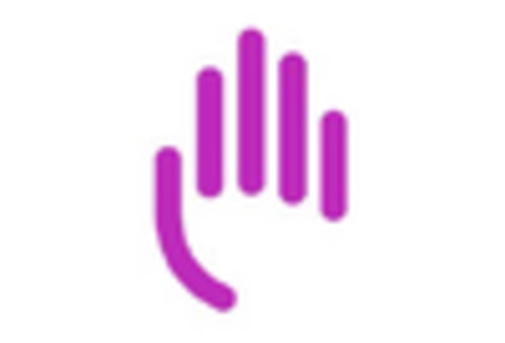
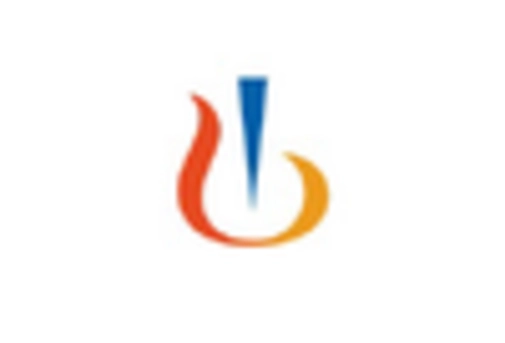
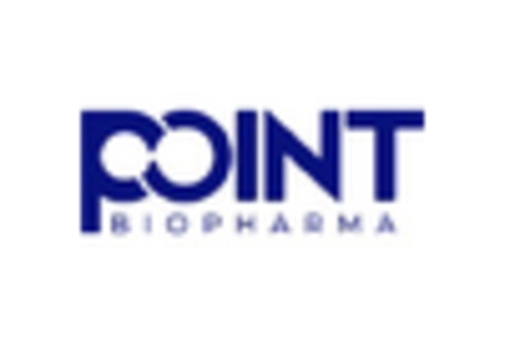
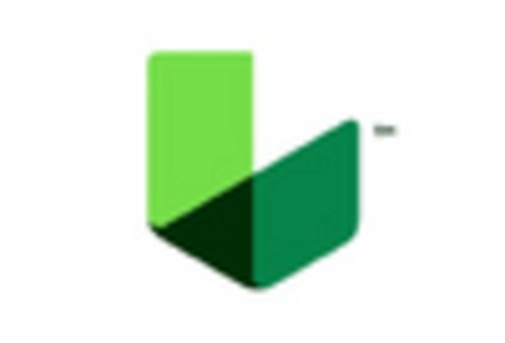
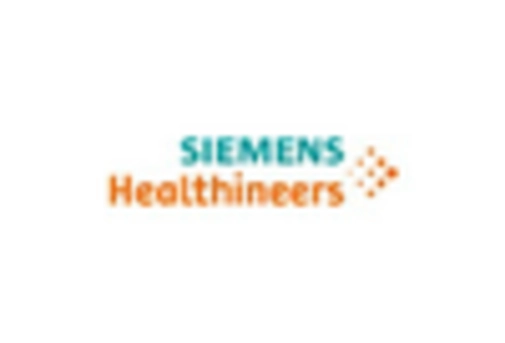








Leave a Comment